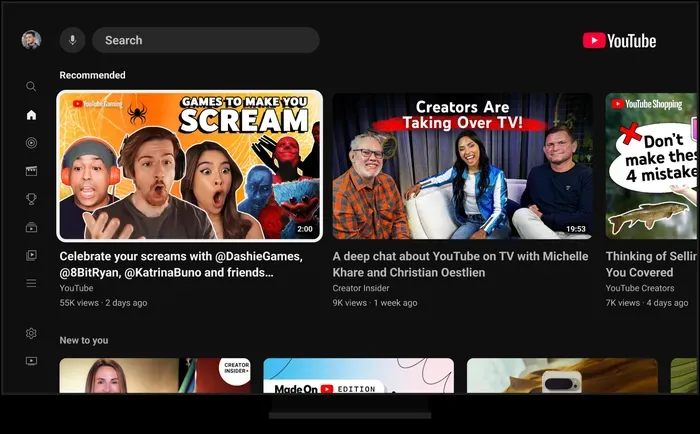# You Know Who Posts on Social Media? Hardly Anyone

It’s time to speak concerning the fallacy of social media interplay as an indicator of standard opinion.
For years now, individuals have been utilizing social media as a spotlight group, as an indicative measure of relative recognition and trend-worthiness. However for a number of causes, social media dialogue seemingly doesn’t replicate the angle of the populous.
The primary level of notice is algorithmic amplification, and the way that tilts the dimensions by way of what’s deemed newsworthy and what’s not. This comes right down to the incentives of reports organizations primarily based on engagement, and the way that then drives their decision-making in what they cowl, and the way they cowl it.
Social platform algorithms are primarily based on engagement, as a result of the extra likes, feedback, and shares the platforms can drive, the extra that’ll preserve individuals engaged of their apps. The important thing driver of social media engagement is emotional response, in that you simply’re extra more likely to touch upon one thing if it triggers a response. And essentially the most highly effective feelings on this respect are concern, anger, and pleasure.
In essence, social platform algorithms are designed to spice up these feelings, and as such, to ensure that publishers to align with the respective shifts in consumption habits, they’re incentivized to publish posts that spark these responses.
What does that imply for media protection? Effectively, extra partisan, disproportionate, bombastic takes for one. Nevertheless it additionally implies that extra of their protection will now lean in the direction of points that elicit such response.
So media protection, in itself, is already searching for out extra emotion-charged tales, which might not be reflective of social significance, or relevance to readers. However they are going to drive engagement, in alignment with platform incentives, which implies that at a base stage, media protection is already seemingly not reflective of an important points to on a regular basis individuals, however is as an alternative pushed in the direction of essentially the most gossip-worthy components.
That skews the steadiness, however there’s additionally one other key consideration is utilizing social media dialogue as an indicator of standard opinion: Most individuals don’t submit in social media apps. Ever.
On X, for instance, 20% of customers create the entire content material. The opposite 80% by no means submit, like, remark. They only learn.
That’s not an anomaly, with most platforms seeing fewer and fewer unique posts over time. Instagram chief Adam Mosseri has famous that individuals now share far more in DMs than they do in public, which is once more reflective of the broader pattern of social platforms generally.
As such, the commentary that you simply’re studying isn’t indicative of the bulk. If the X instance holds, what’s trending on social media, and what opinions achieve traction, are solely actually reflective of round a fifth of the inhabitants in any given area.
So that you’re not getting a balanced perspective of what most individuals are considering, and what most individuals are excited about, or what’s related to their day-to-day lives. Social media traits replicate a sub-segment of energetic customers, which is then amplified by media retailers that wish to maximize platform engagement.
And when you think about that almost all of individuals now get no less than a few of their information enter from social media apps, you may see how this skews notion, and makes it appear that what’s related to the minority is a much bigger challenge than it really is.
So subsequent time you’re questioning why individuals appear so targeted on sure matters, when there are way more urgent issues, this might be why, and subsequent time you see the federal government saying coverage, or debating matters that gained’t actually impression the vast majority of individuals, that is seemingly the explanation.
And subsequent time you see some divisive media persona gaining political traction with their opinions, that is how that turns into large enough to sway voters.
Utilizing social media as a proxy for the general public is a flawed method, but it surely’s additionally the dominant driver of the day.
Andrew Hutchinson




